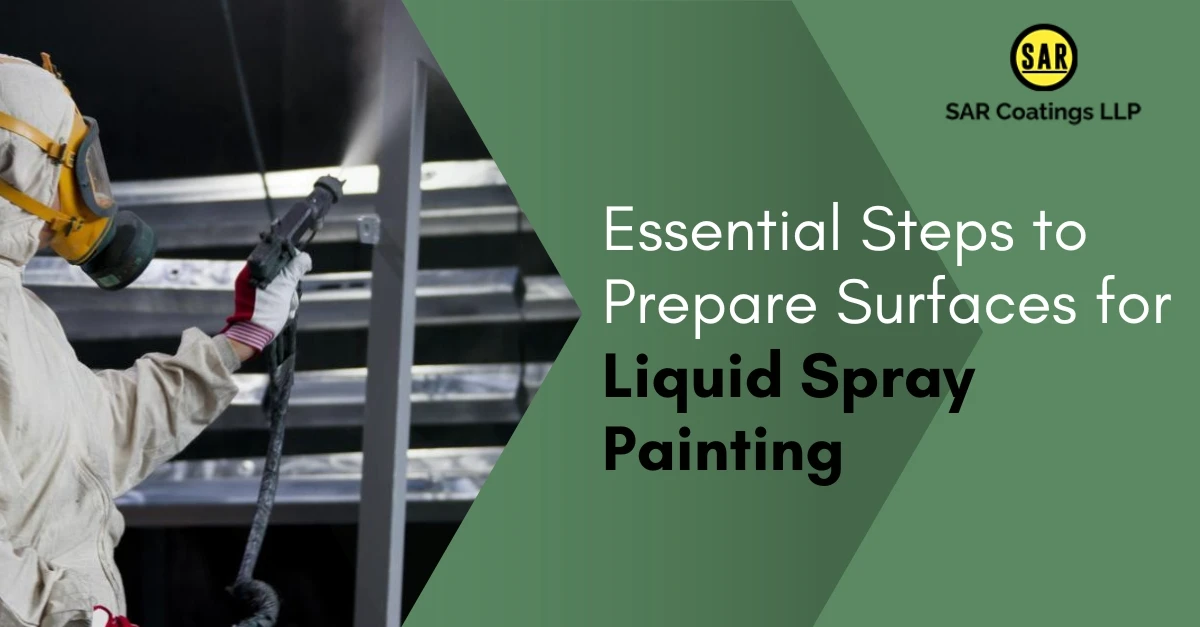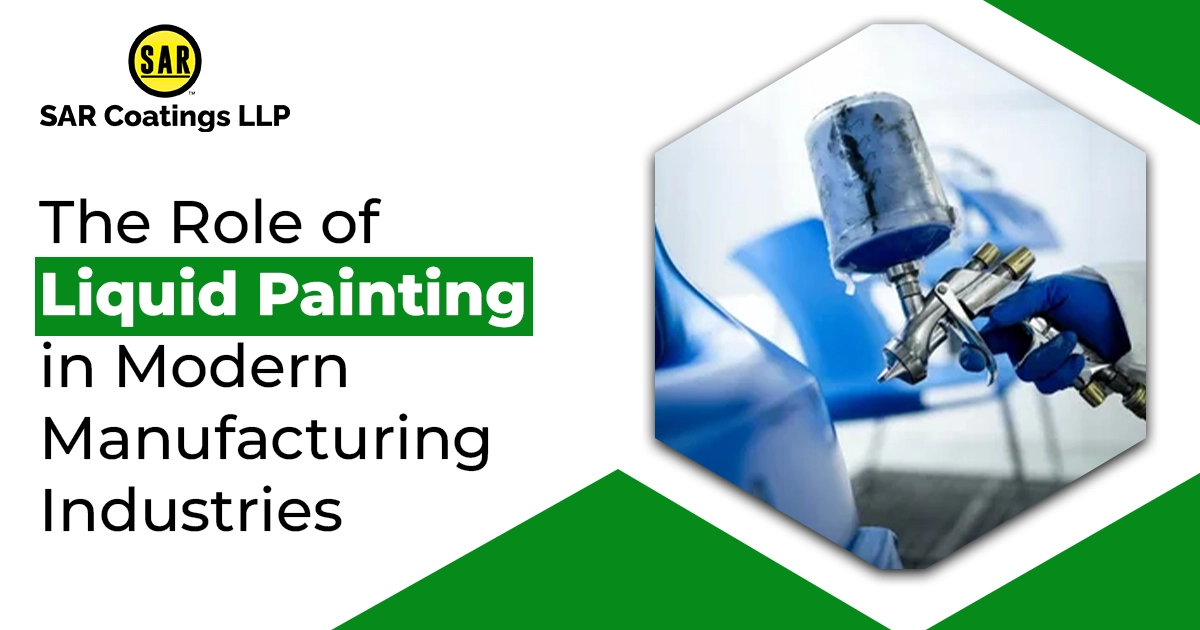
Essential Steps to Prepare Surfaces for Liquid Spray Painting
Liquid spray painting can provide a smooth, even finish to a variety of surfaces, from metal to wood. However, the key to achieving a professional and long-lasting result lies in surface preparation. Skipping or rushing this step often leads to imperfections like peeling, cracking, or poor adhesion. Here are the essential steps for properly preparing surfaces for spray painting service:
1. Clean the Surface
Before any painting begins, it’s crucial to clean the surface thoroughly. Dust, grease, and grime can stop the paint from sticking properly, causing uneven application or peeling. Use a damp cloth for light dirt, but for tougher grime, you may need a mild detergent or a degreaser. Make sure to dry the surface completely before moving on to the next step.
2. Remove Old Paint or Finish
If you are repainting an already coated surface, removing old paint or finish is essential. Paint removers, scrapers, or sandpaper can be used to strip the surface. Liquid Spray Painting provides a clean surface for the new paint to adhere to. Depending on the type of old paint or coating, you might need to use specific chemical strippers or solvents.
3. Repair Surface Imperfections
Examine the surface for cracks, holes, or rough areas. Filling cracks or holes with filler, such as putty or wood filler, helps ensure a smooth finish. Once the filler has dried, sand the area until it's smooth. For metal surfaces, any rust should be treated with a rust converter or completely removed by sanding or grinding.
4. Sanding the Surface
Sanding helps in creating a slightly rough surface that will allow the paint to stick better. For wood, start with medium-grit sandpaper and finish with fine-grit. For metal or plastic surfaces, lightly sand with fine-grit sandpaper to remove any gloss. Ensure you clean off all sanding dust afterward.
5. Use Primer
Priming is an essential step for ensuring proper adhesion and enhancing the durability of the paint. For porous surfaces like wood, primer helps to seal the surface and prevent excessive absorption of the paint. Surface Treatment benefit from primers that prevent rust and enhance the bonding of the paint. Apply the primer in thin, even layers and let it dry completely before starting to paint.
6. Masking and Covering Areas
Before painting, cover areas that you don't want to paint, such as nearby surfaces or hardware. Use painter’s tape and plastic sheeting or drop cloths to protect these areas from overspray. Make sure the tape is securely applied to prevent any paint from seeping through.
7. Test the Paint
Before applying the paint to the entire surface, it’s a good idea to test the spray on a small, inconspicuous area. This allows you to ensure the color, texture, and adhesion are correct. It also helps you practice your spraying technique to avoid any mistakes.
8. Ventilation and Safety Precautions
Liquid Painting in bawal can release fumes that are harmful to breathe in, so make sure the area is well-ventilated. If painting indoors, use fans or open windows to ensure proper ventilation. Wearing protective gear such as goggles, gloves, and a mask is essential to avoid inhaling harmful particles and chemicals.
Proper surface preparation is the foundation of a successful spray-painting project. By cleaning, sanding, repairing, priming, and protecting, you'll achieve a smooth, durable, and professional finish. Taking the time to prepare the surface properly will ensure that your paint job looks great and lasts for years to come.



